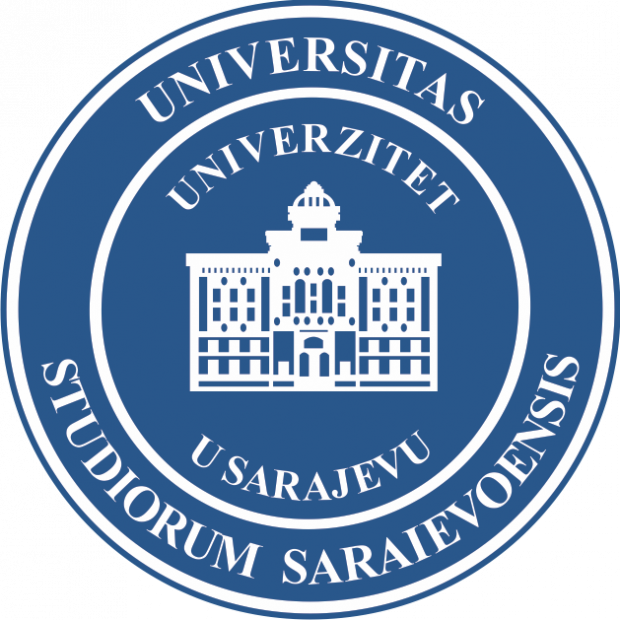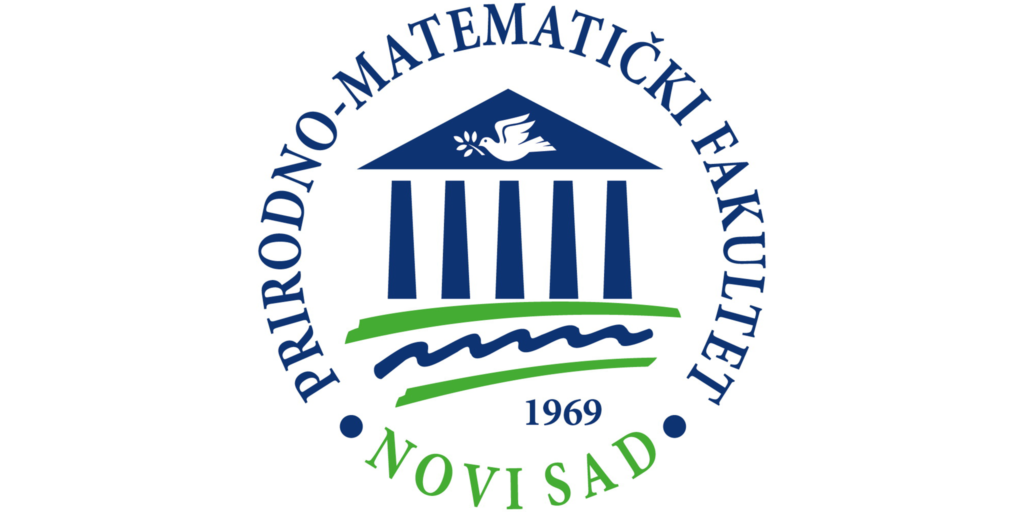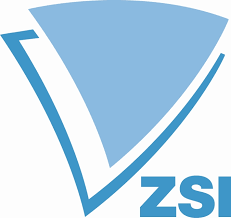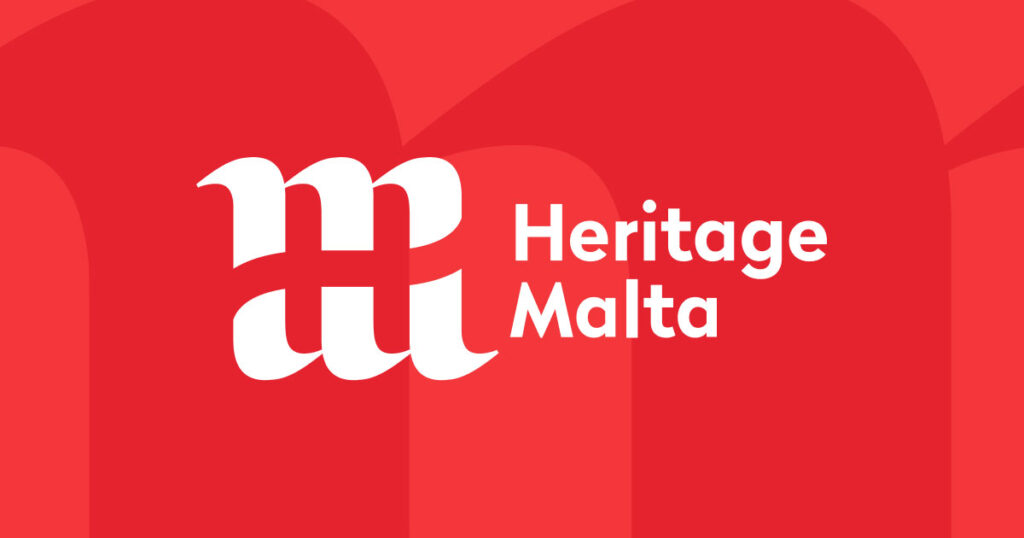STECCI Vulnerability assessmentClimate impactPollution impactBiological impactCondition assessmentIn situ conservationDigital acquisition and digitizationSocial labs and citizen scienceEconomic impactPreservation guidelines
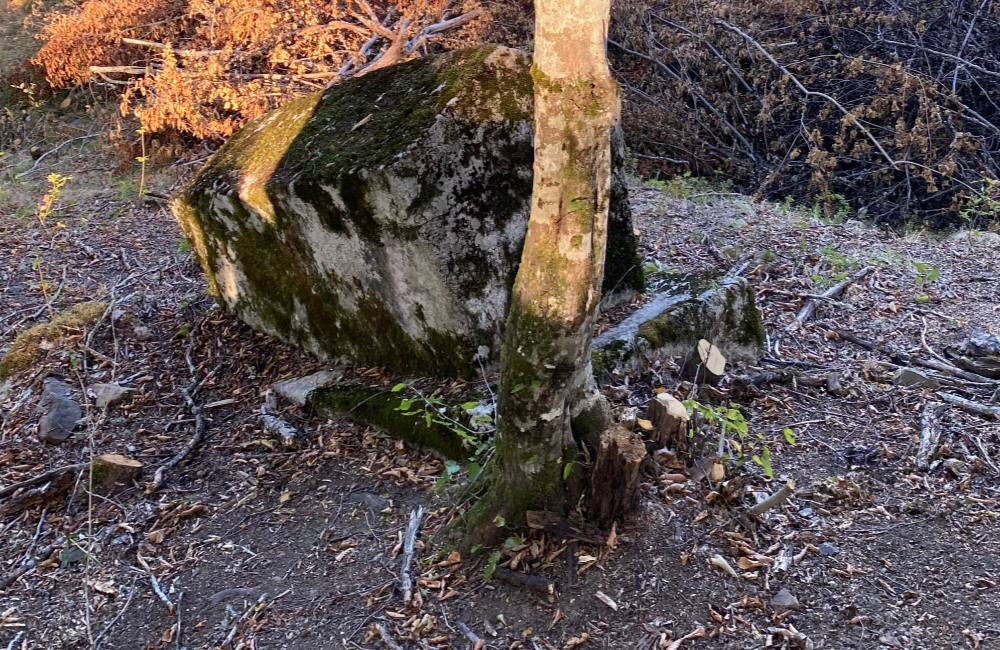
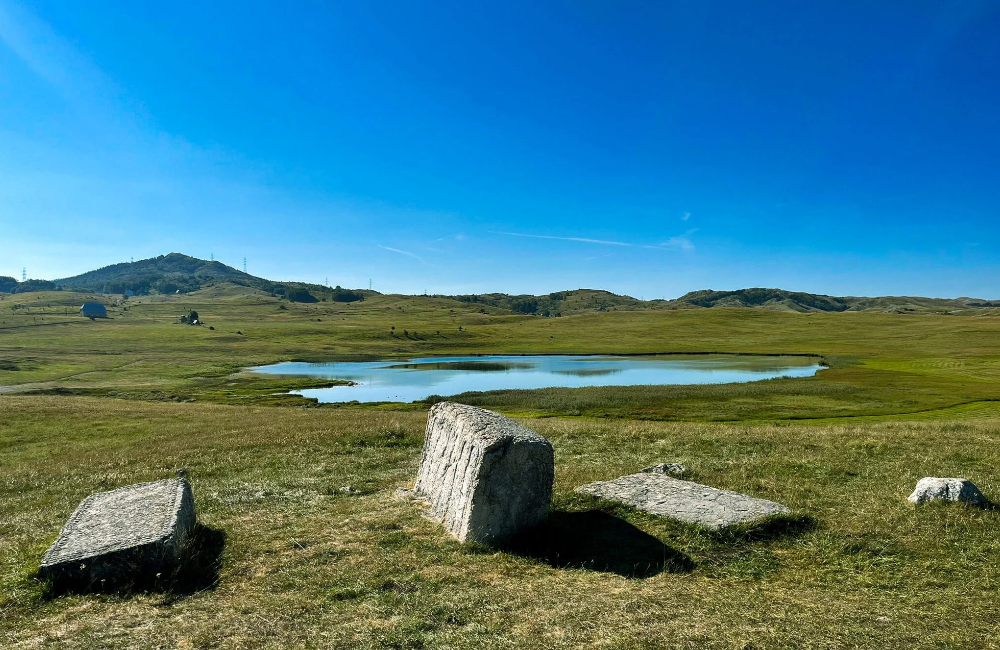
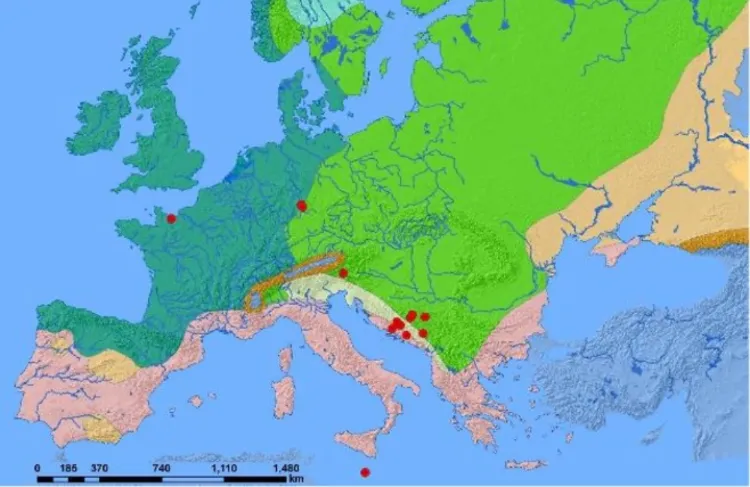
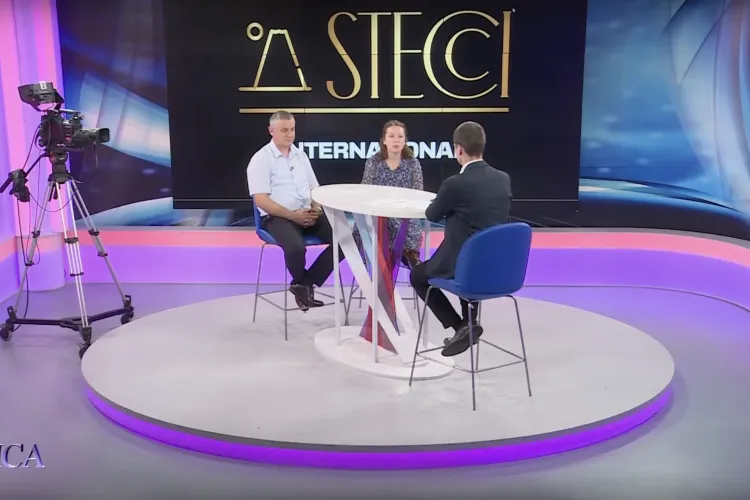
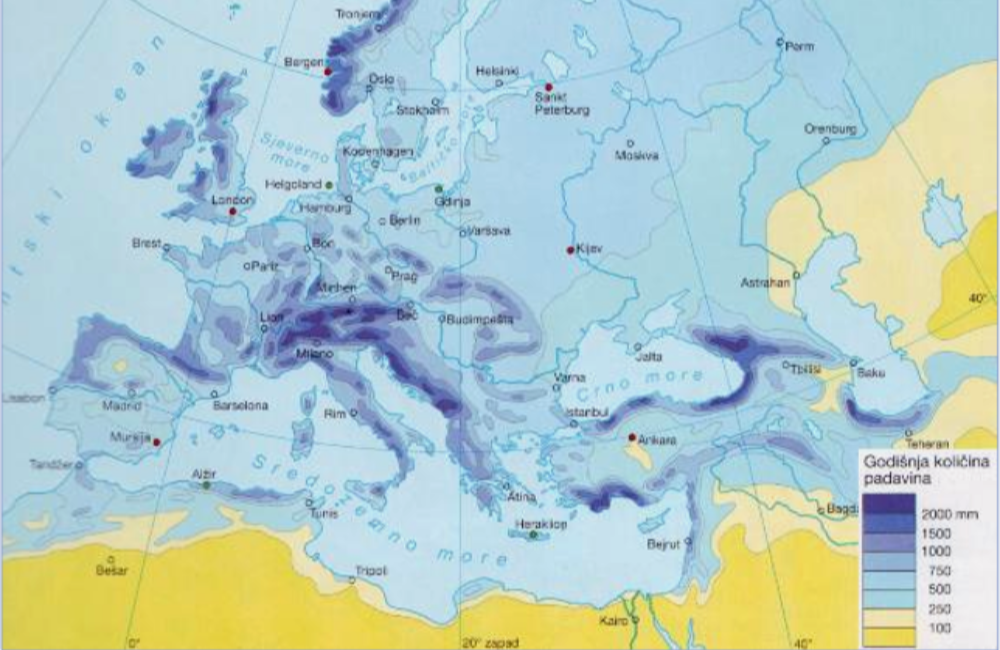
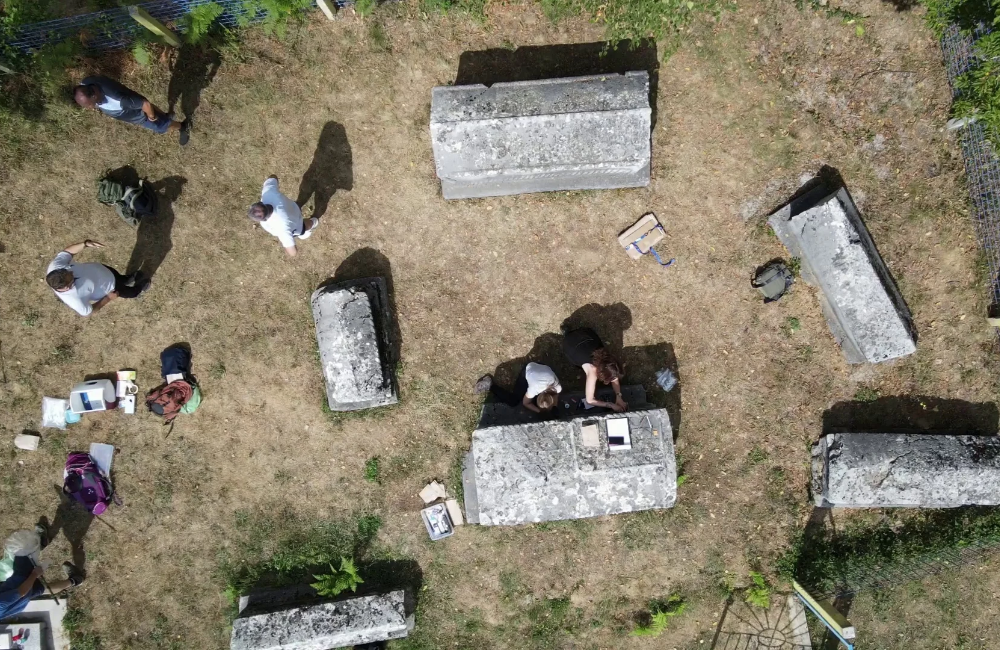

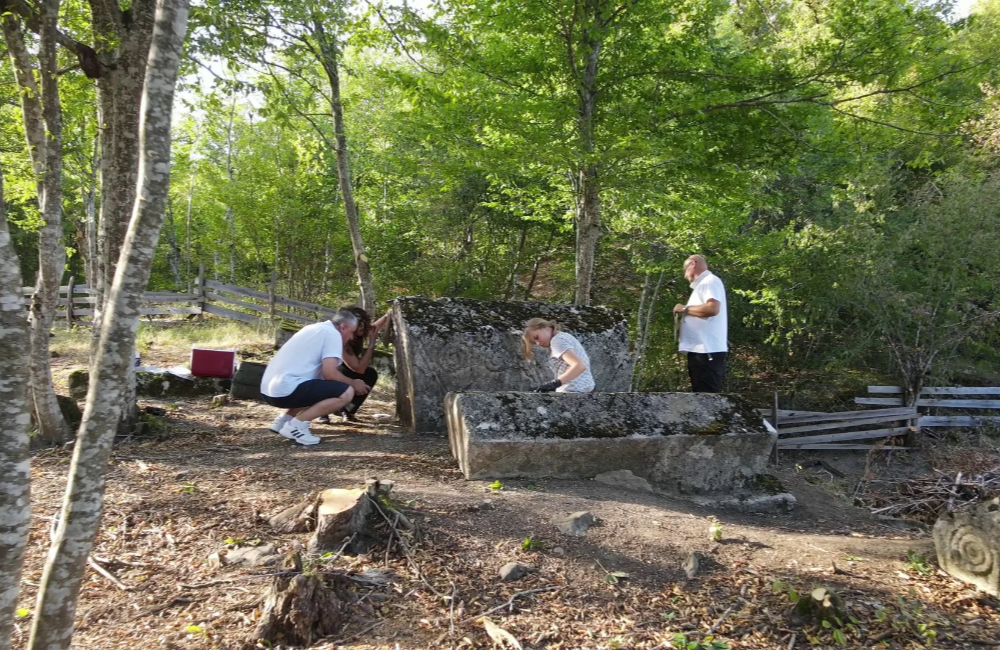
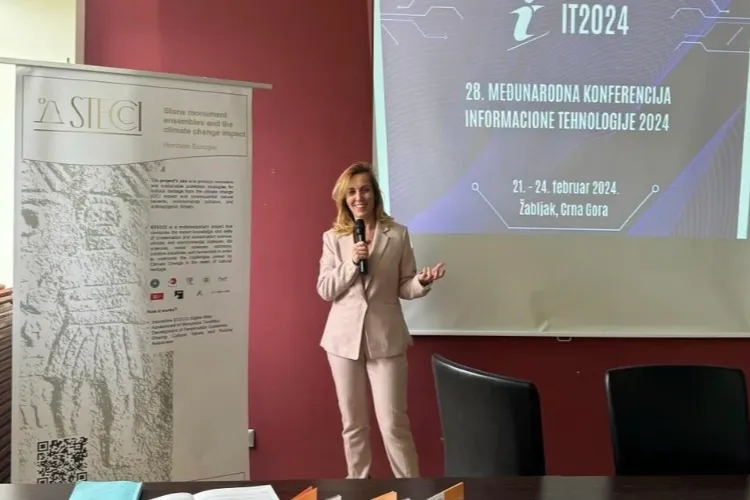
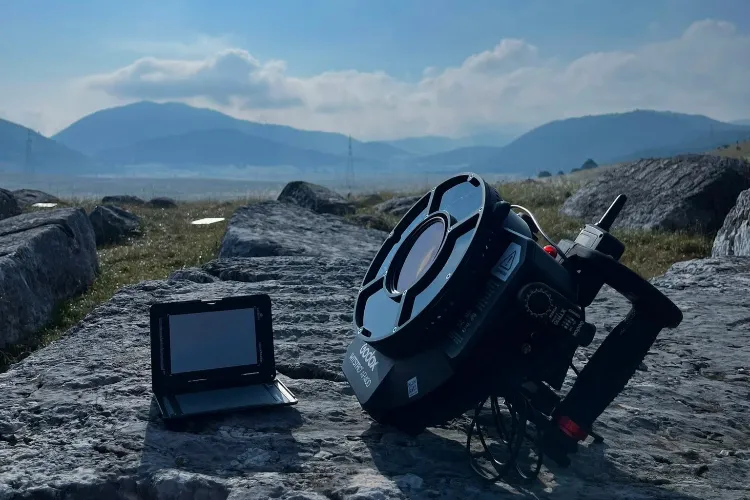
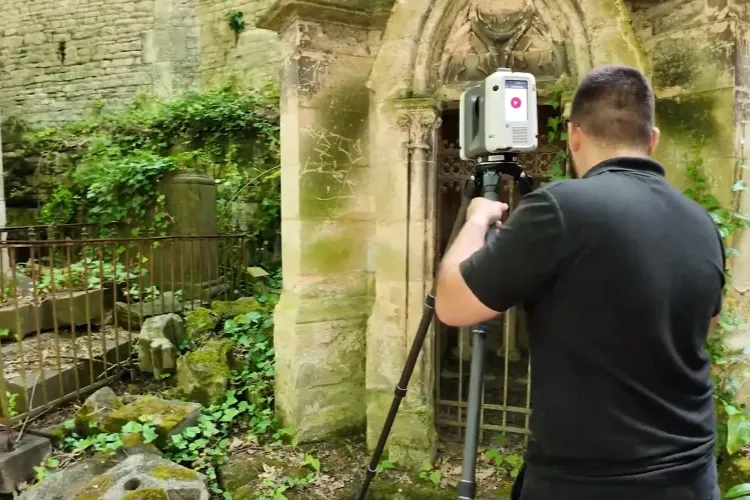

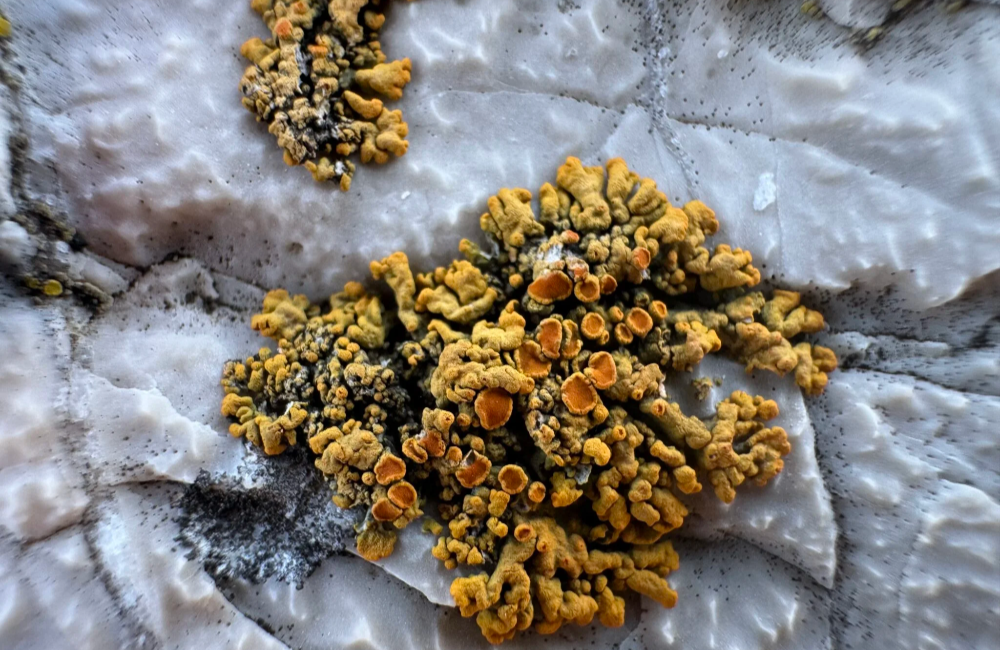
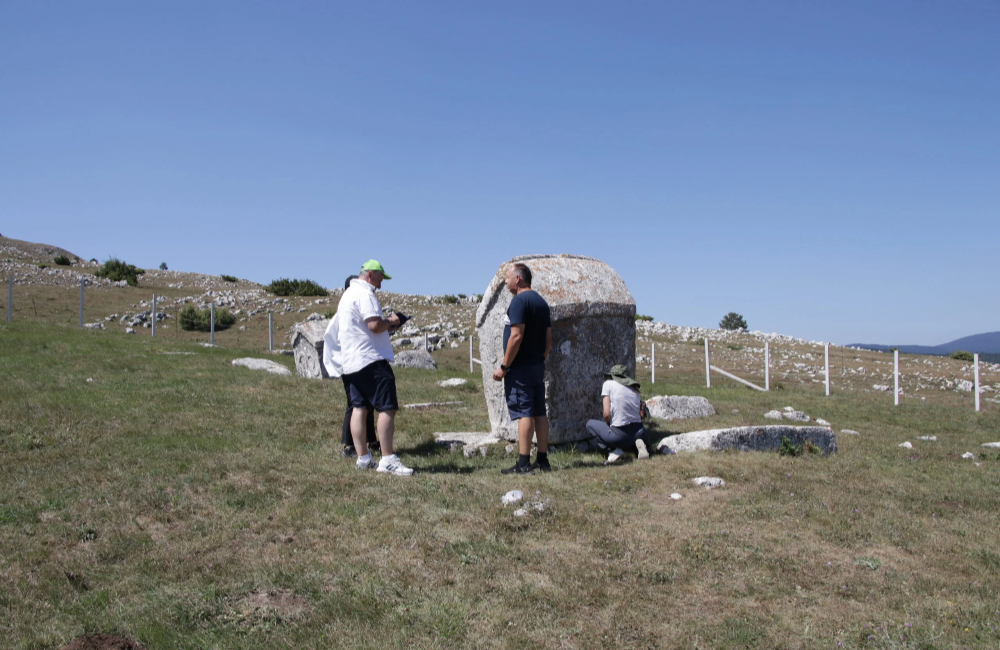
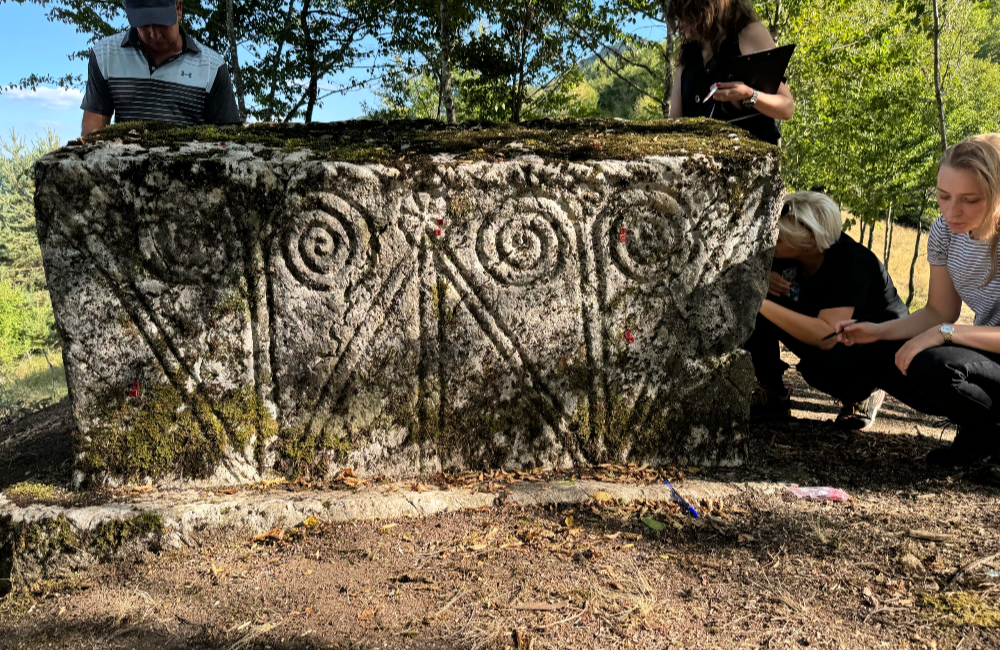
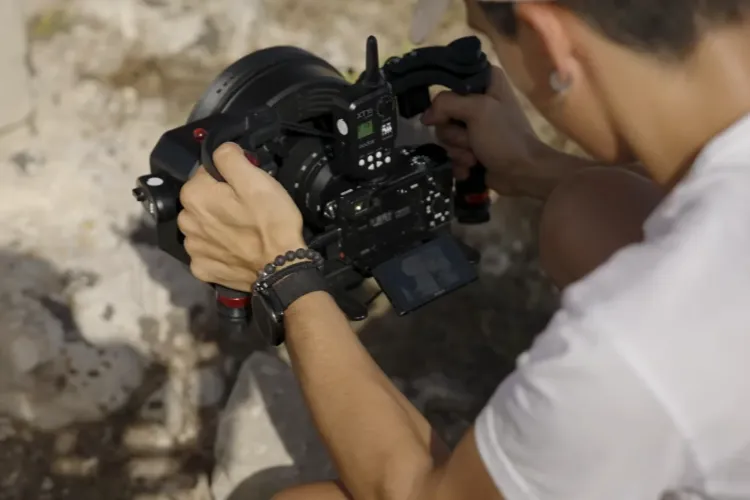
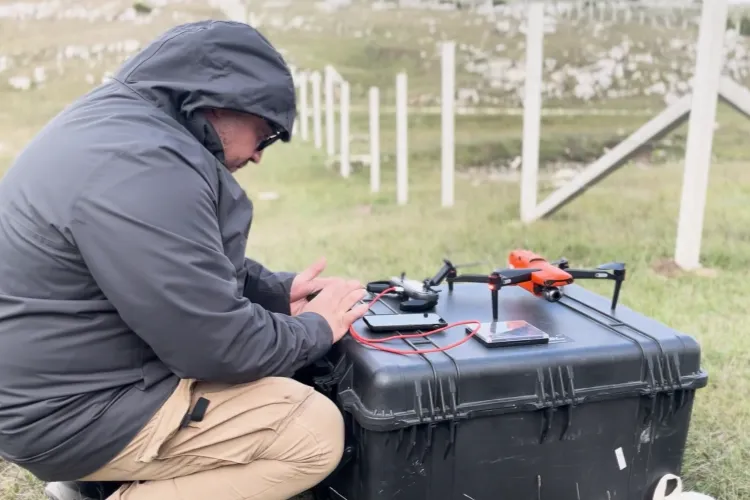
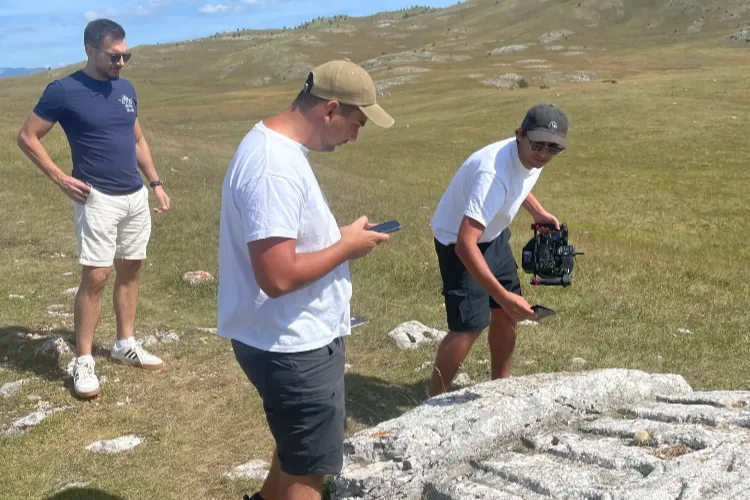
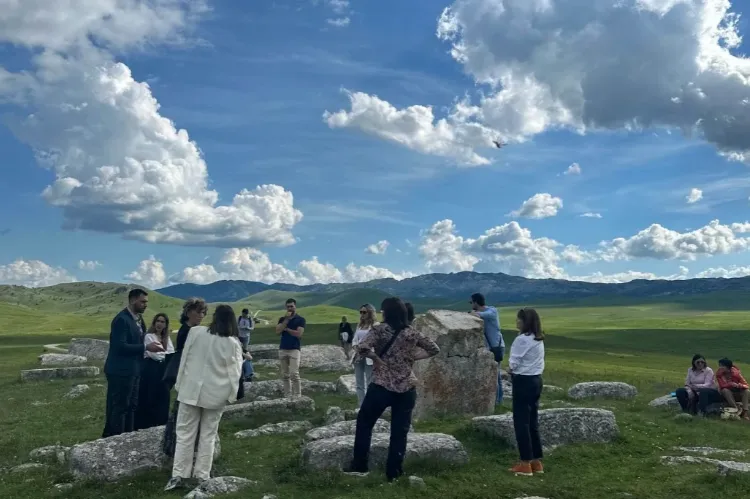
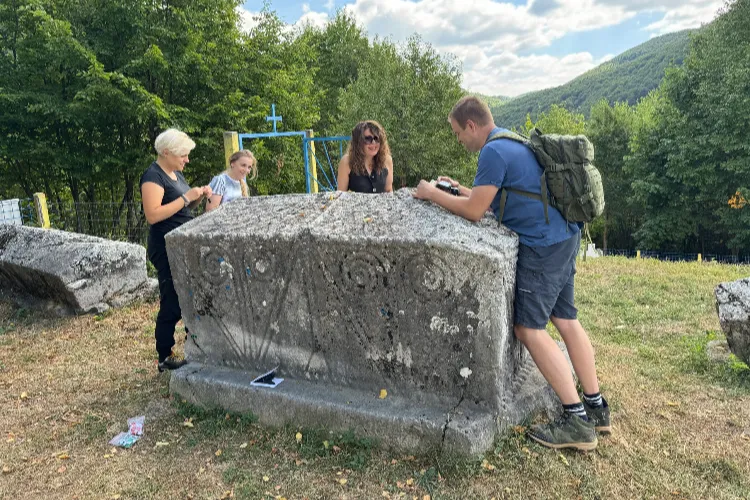
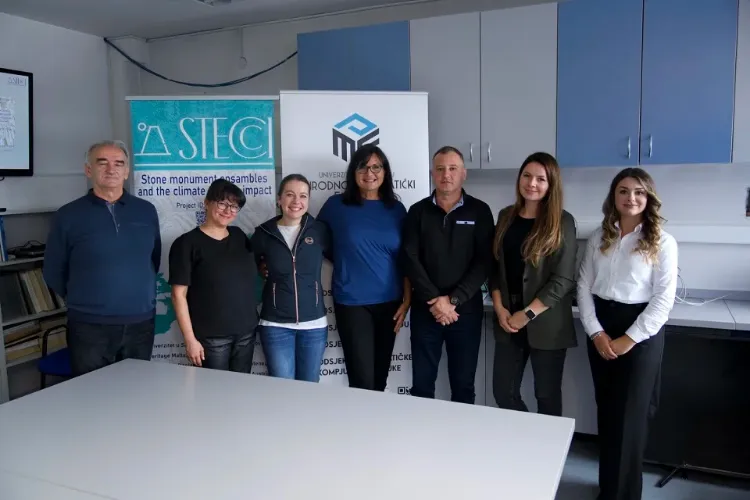
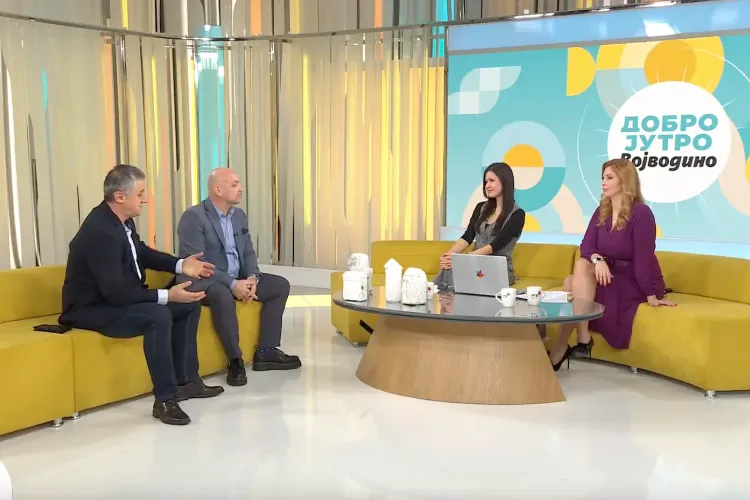
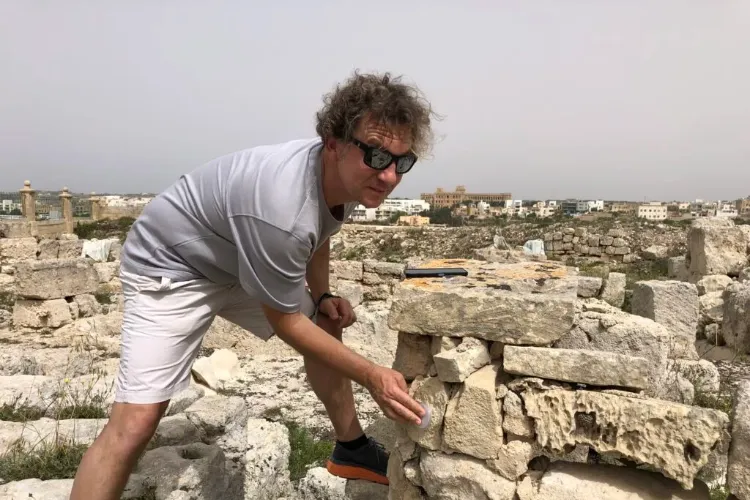
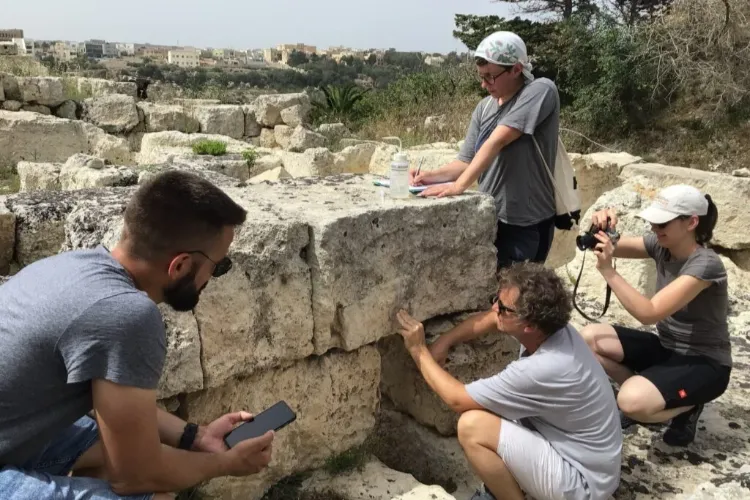
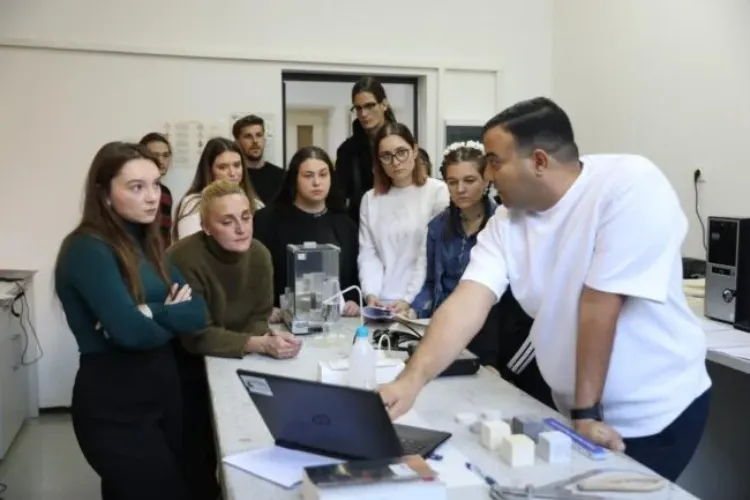
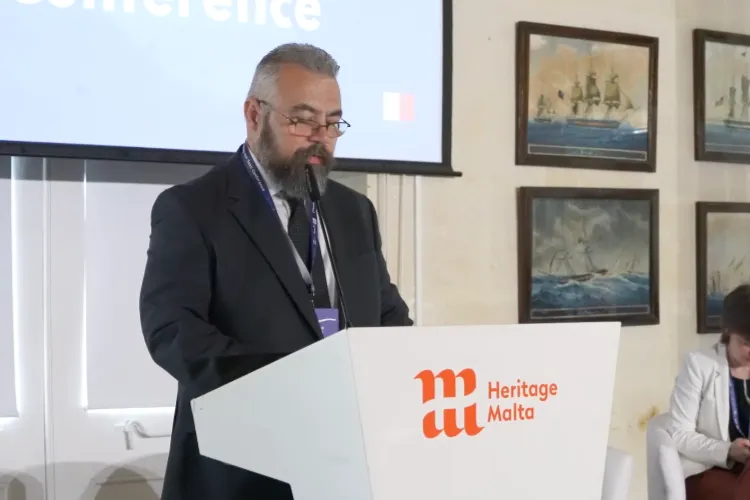
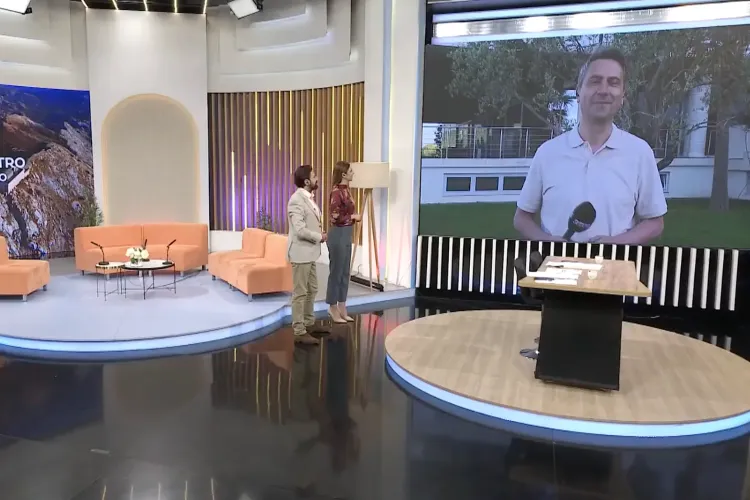
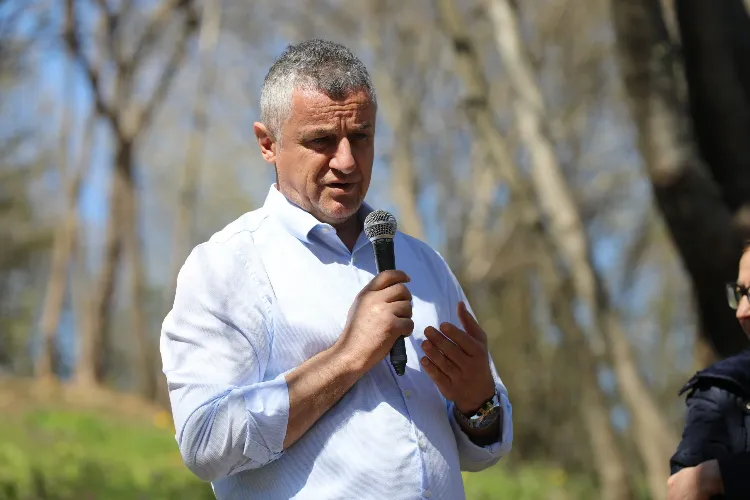

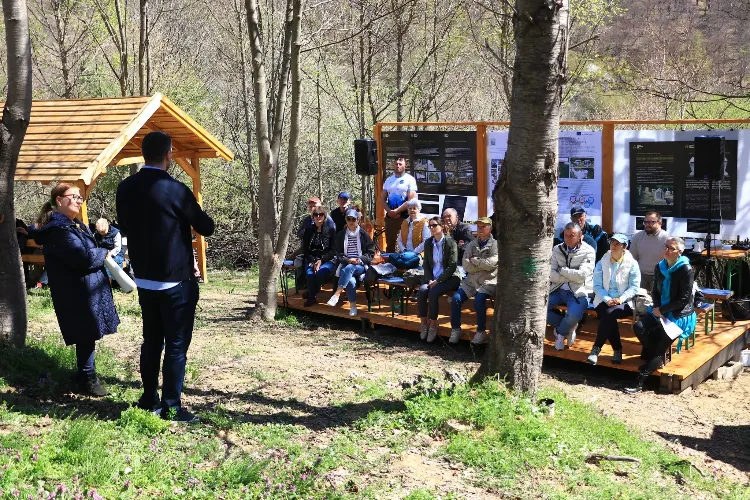
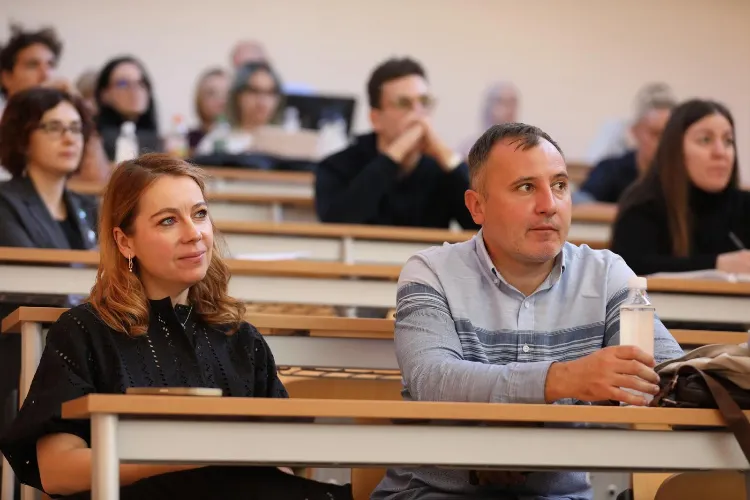
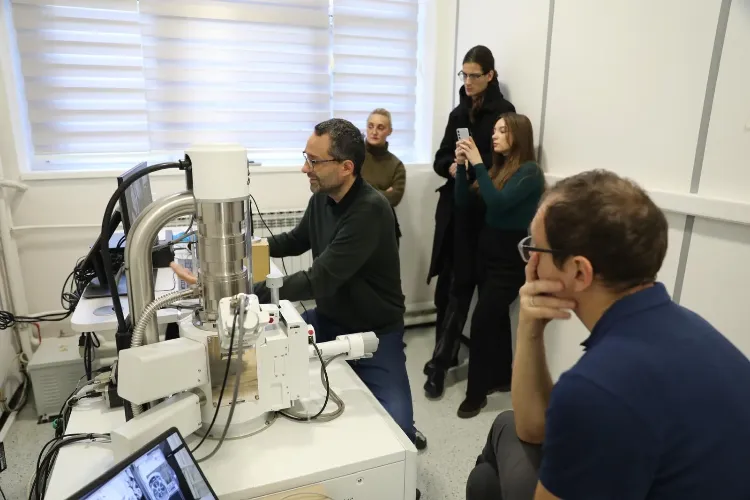
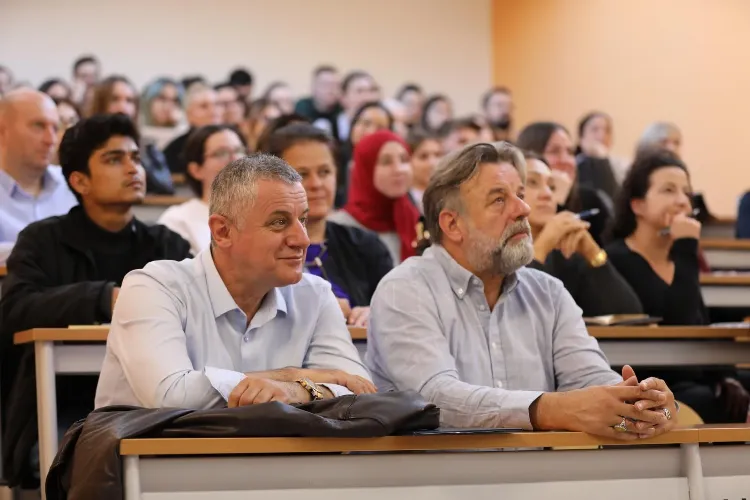
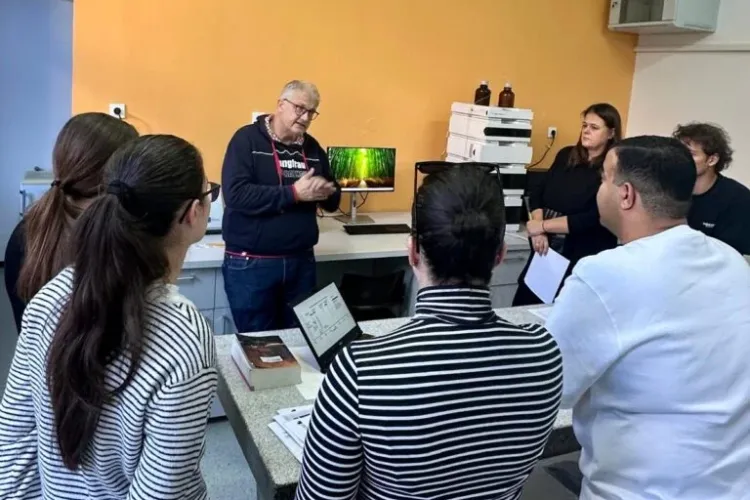
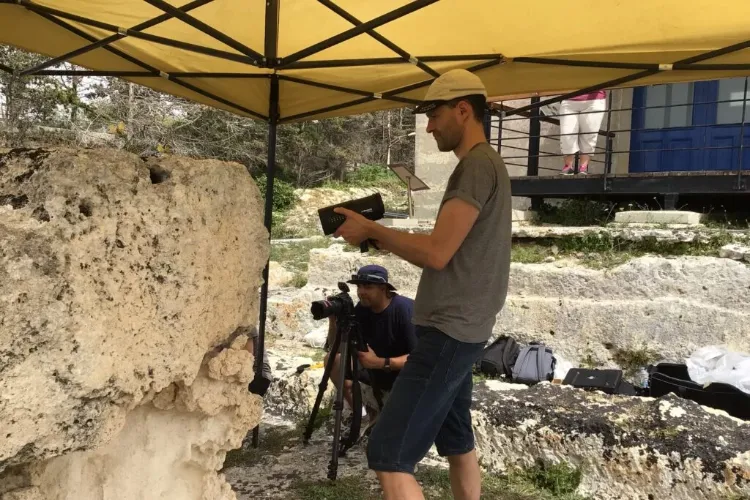
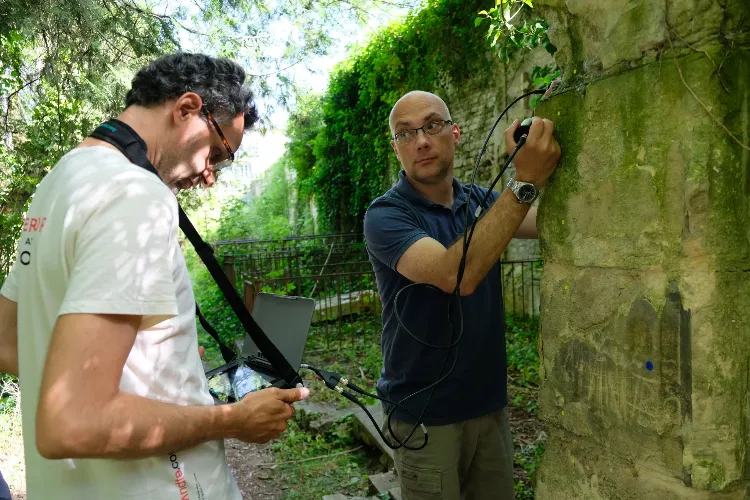
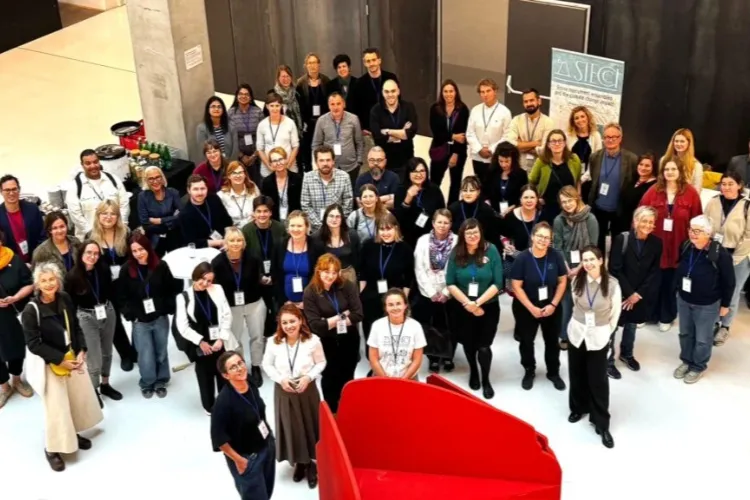
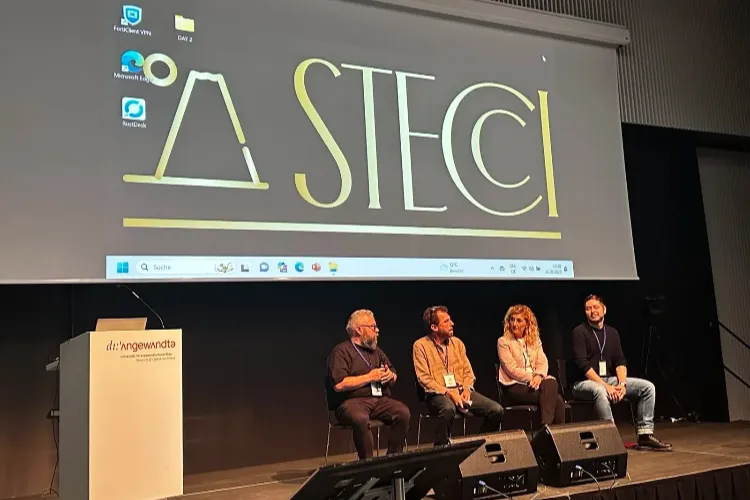
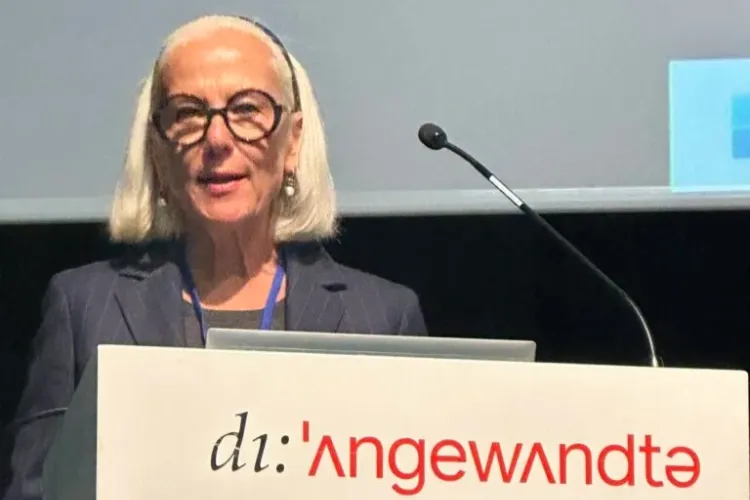
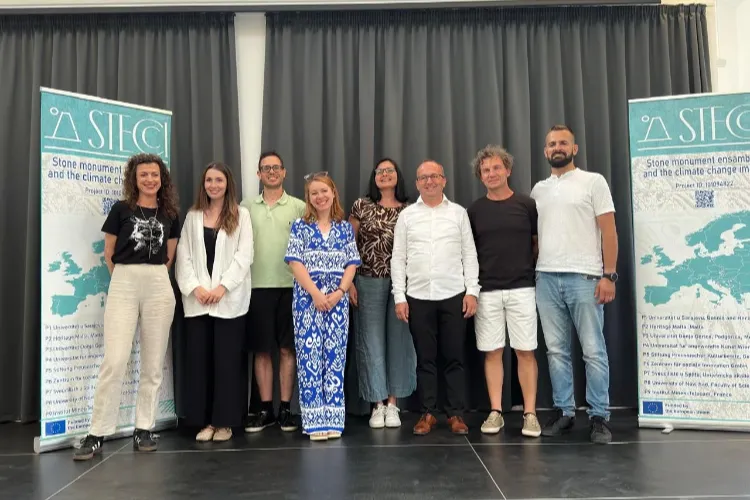
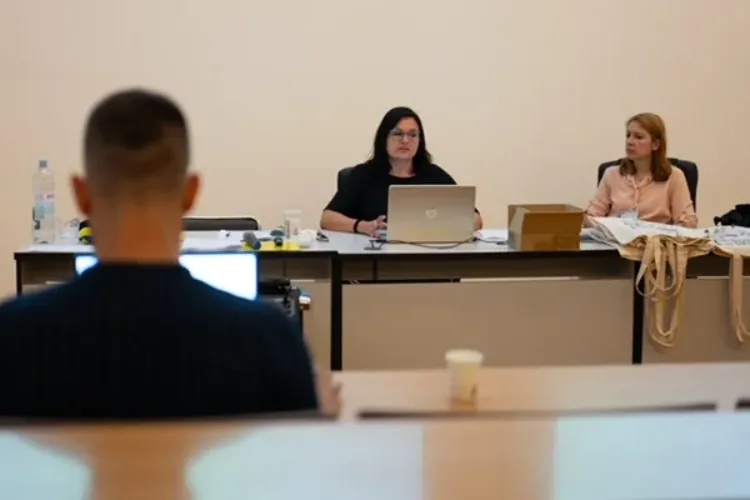
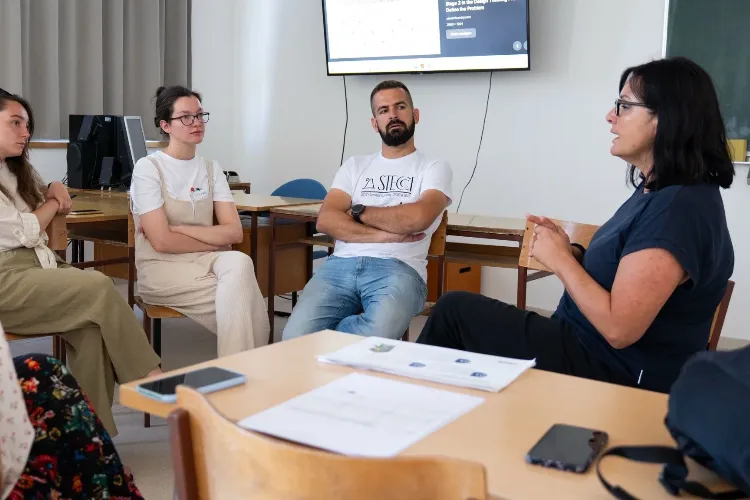

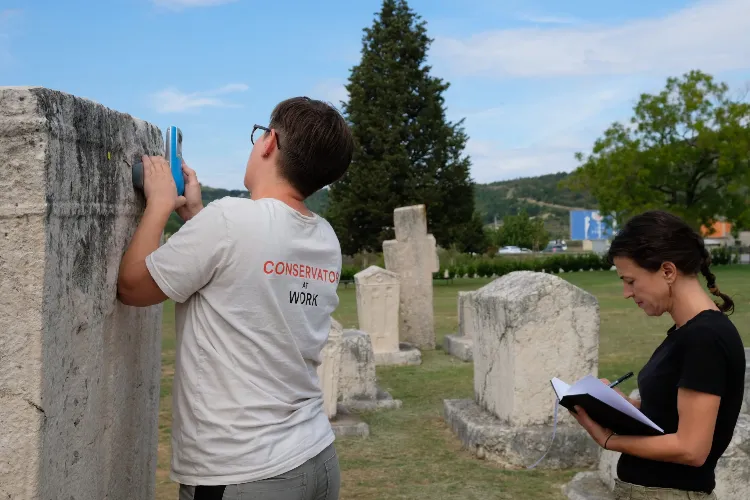
News & Events

EGU 2026 | Call for Abstracts Deadline
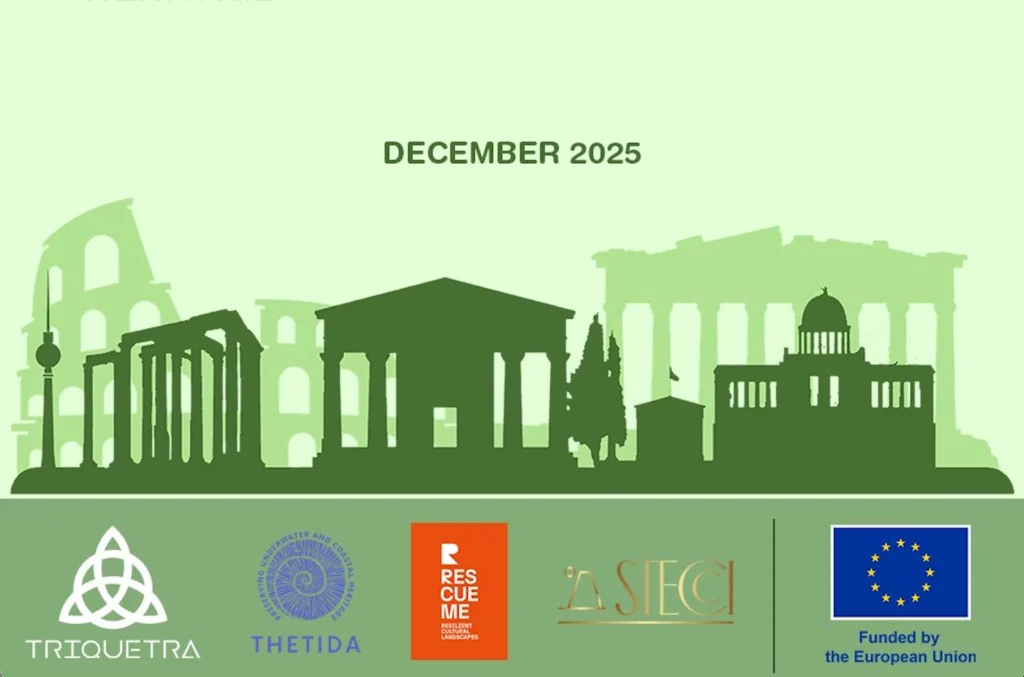
Green Cluster White Paper Released: Safeguarding Cultural Heritage In A Changing Environment: A Perspective From The Green Cluster On Cultural Heritage, December 2025
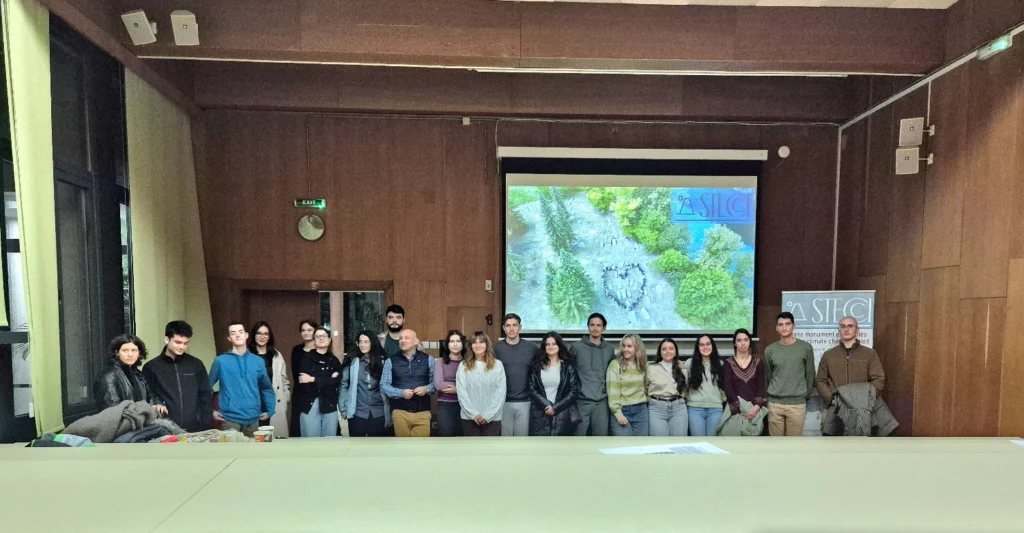
Workshop on Willingness to Pay and the Protection of Stećci held in Novi Sad, 12. November 2025.
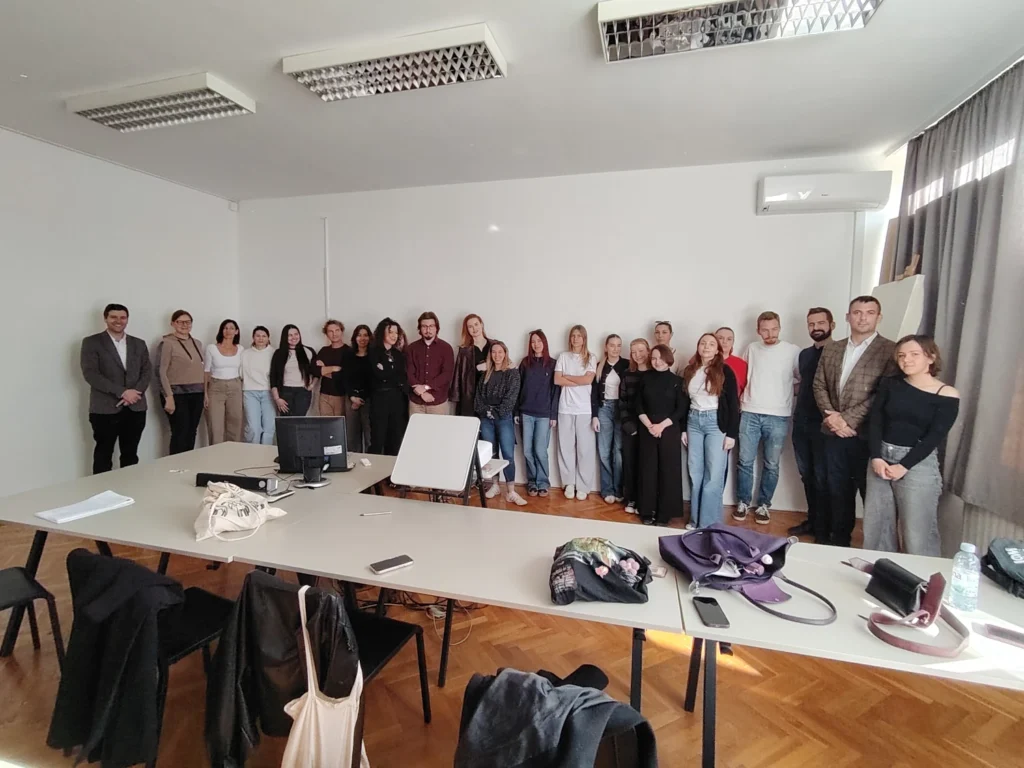
Workshop on Willingness to Pay and the Protection of Stećci held in Split, 11. November 2025.

Prof Dr Nusret Drešković, TV Sarajevo, BiH
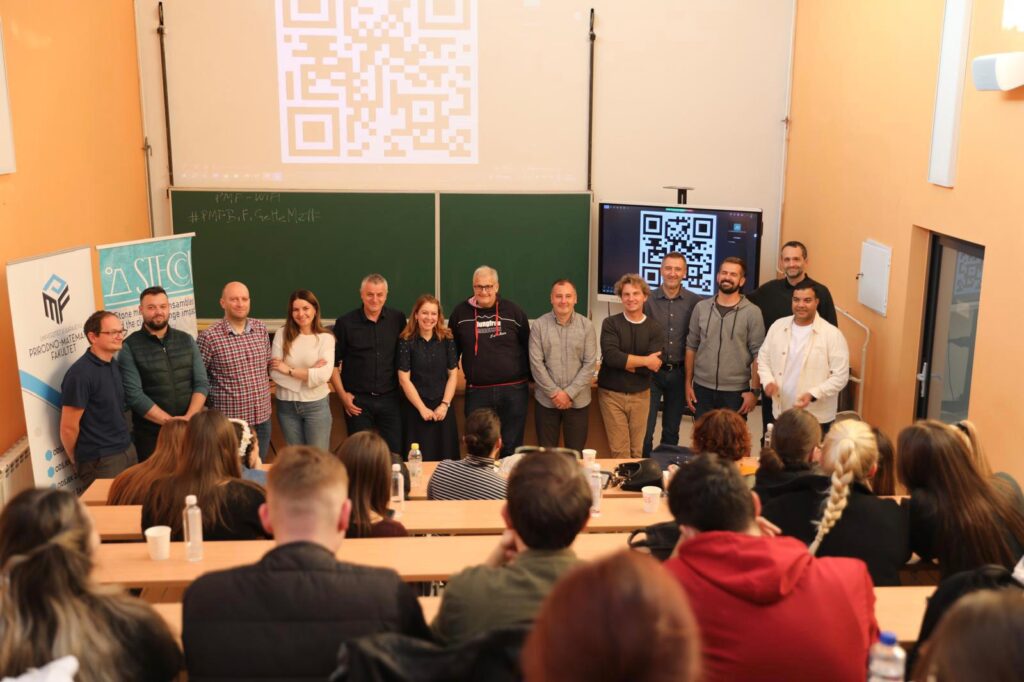
[Day 3] Interdisciplinary workshop and knowledge spill-over on the enhanced application of analytical methods in conservation science, UNSA, Sarajevo BiH, 31. October
STECCI Promo Video
How it Works
Interactive STECCI Digital
Atlas
Using the most recent IPCC AR6, two reference climate scenarios (spatial resolution of 10 x 10 km) will be used to develop GRIDs format for the European continent. It will be developed in the form of an interactive GIS STECCI Atlas, along with an air pollution impact database.
Assessment of Monument Condition
It will be assessed using ultrasound pulse velocity (UPV), reflectance transformation imaging (RTI), the Karsten tube, electron microscopy (SEM-EDS), Fourier-Transform Infrared Spectroscopy (FTIR), and X-ray diffraction (XRD).
Development of Preservation Guideline
The project will produce the first science-based Preservation Guidelines for limestone monuments in two climate scenarios. It will be strengthened with economic tools to facilitate optimal decision-making in protection of cultural heritage.
Sharing Cultural Values and Raising Awareness
The project will exemplify successful professional and personal cooperation between previously war-conflicted countries, with emphasis on local communities, and promote common cultural values as means to reduce and prevent social and political radicalism.
Key Features of the STECCI Project
STECCI Platforms
Explore STECCI Platforms for outputs of Deliverables, Milestones, Datasets, and Digitalisation. Zenodo for open-access publications, long-term preservation, and datasets. Data table for quick on-site search and filtering of STECCI Zenodo records. Nextcloud for file storage, collaboration, and file sharing. More to come.



